Although the Legends of Runeterra’s meta constantly shifts, one deck has been steadily gaining more popularity since it’s been tearing up all ranks of the ladder. This is the Bannerman Zed deck, a primarily Demacian deck that features Zed as the only non-Demacian set of cards within it.
This aggressive midrange Demacian deck is for those who have the fantasy of overwhelming their opponents with a glorious Demacian army. Understanding all of your cards and using these tools to their fullest will give you the highest chance at succeeding with them.
Here’s everything you need to know about the Bannerman Zed deck.
Card choice analysis
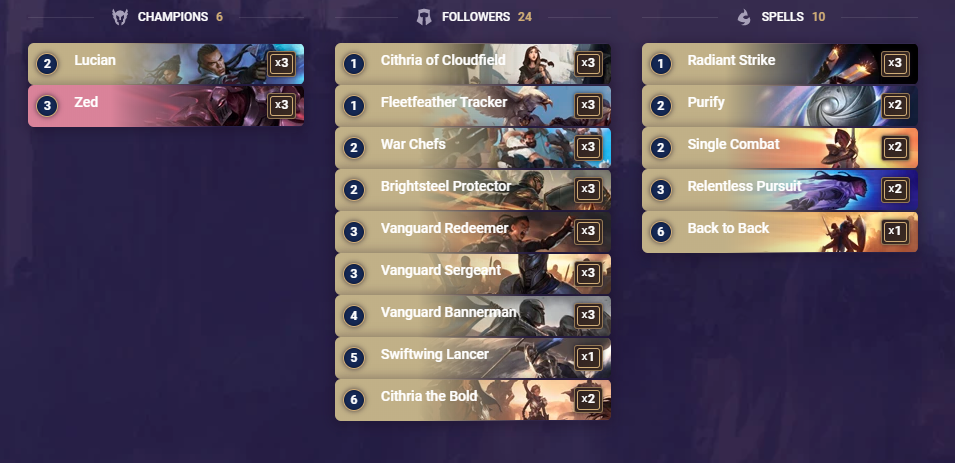
Champion units
Lucian: A strong aggressive early unit that can run over other early units on his own due to Quick Attack. While leveling him up isn’t common in this deck, it’s a condition to look out for because if he levels up mid-combat while unopposed, his damage to the Nexus can jump from three all the way to eight on his own.
Zed: Another strong aggressive early unit that can compete easily with other units at his mana cost due to his Quick Attack and can effectively double his stats in combat by providing an extra body that can rack up incidental damage (and also provide a dead body for Vanguard Redeemer to let you draw). Out of the two, Zed has an easier time leveling himself up since he doesn’t require a team around him to die. If your board is also overwhelming before summoning him (like a Fleetfeather Tracker) or if your opponent runs out of early plays, he can level up and run away with the game fairly quickly.
Early follower units
Cithria of Cloudfield and Fleetfeather Tracker: These are your one-drop units where you’ll keep them a supermajority of the time. When you find yourself against Regions with one damage pings, Cithria will be a preferred keep if you have both. When you’re against Regions with high kill priority targets, Fleetfeather Tracker is a wonderful keep.
War Chefs and Brightsteel Protector: Both of these units are strong on their own, but their effectiveness increases if you can curve them properly after either of your one-drops. War Chef’s power also increases by being able to make your three-drops more effective, especially on Zed, where the +1/+1 Support buff is effectively doubled due to his Shadow Clone.
Vanguard Redeemer and Vanguard Sergeant: These three-drops are usually just 3/3 Units, but Vanguard Redeemer can often replace itself after choosing favorable trades against your opponent. Additionally, Vanguard Sergeant can sometimes provide an extra reach to finish off your opponent by buffing wider boards.
Midgame/curve topper follower units
Vanguard Bannerman: This is one of the strongest cards in your deck and you should routinely play around this card (even if he isn’t in your hand). The wider your board is before turn four, the more you’re rewarded once he’s played. Since your deck is a supermajority of Demacian cards, you should always pretend as if you don’t have a Zed as the top card of your deck when you play this card.
Swiftwing Lancer: A fairly strong Challenger Unit that can clear out problematic opposing units or threaten the opponent with more damage if they’re behind. This card also provides potential refuel since it gives you a good card (on average).
Cithria the Bold: Your main reward for maintaining a wide board into turn six. She provides your board with an extra oomph of power and toughness (and also evasiveness through Fearsome). While she can be blocked by opposing weak units herself, she allows the rest of your board to fly over any weaklings your opponent may have.
Combat tricks
Radiant Strike: This card is one of the better combat tricks in the game. It’s very flexible at one mana and helps your units get over enemy units with either a small health boost to survive or a small attack boost to kill. It’s easy to adapt your early curve around this card since missing mana at any point in the early turns allows you to play this card with your excess spell mana.
Purify: Are you annoyed by pesky huge Elusive units that your opponents throw at you? Are you tired of getting surprised by your opponent’s Burst spells mid combat? Purify can answer those problems and more. Although it can’t be used on champion units, Purify can serve as a great equalizer for only two mana. If your opponent tries to Glimpse Beyond one of their strong Last Breath units or massively buff a single unit, you can respond with a quick Purify and get the jump on them. I can’t count the number of games that Purify has saved me.
Single Combat: While potentially more risky or costly than Whirling Death since your unit is also struck by the opponent’s, Single Combat can serve as removal and a chance to even out card advantage. This card has the benefit of being able to be used outside of battle and even as a chance to swing at Elusive units that are trying to get over your strong board.
Back to Back: Even after its recent nerf to six mana, Back to Back is still a strong combat trick to blow out potential trades or sneak lethals past your opponent. Defensively, it has the power to let you trade evenly or ahead of your opponent. Offensively, it can safeguard your units swinging for lethal while providing six damage for six mana.
Relentless Pursuit: It took awhile for me to come around to this card, but it can seal games when you’re desperately ahead. A Lucian in hand can also serve as an extra copy of this spell if you have a Lucian already on the board.
Potential replacements
Are you interested in the deck but don’t have all of the cards? Here are some potential substitutions for the deck to look out for and other directions you can take while retaining a good portion of its identity.
While the deck does mainly feature Zed as the non-Demacian card set, you can look into adding other early-game based champions from other regions. The most adjacent unit would be an Elise since she’s similarly evasive to Zed early (with Fearsome instead of Quick Attack) and she spawns tokens to absorb a Vanguard Bannerman buff or fuel a Vanguard Redeemer or Lucian Level up.
Another route you could go (and it’s the one I went since I was missing only one Zed) was to replace a missing copy with Garen since he’s a serviceable five drop that can level up with relative ease.
If you’re lacking certain non-Champion cards, then consider these alternate options at each of these rarities.
Common
Laurent Protege: This card synergizes well when combined with War Chefs since you can curve into one another fairly easily. A main reason against his inclusion is that while he does respond to Elusive threats fairly well, he isn’t good at threatening slower decks since his attack strength is lower.
Vanguard Defender: While not a flashy substitute, she can provide potential synergy alongside a Battlesmith if you choose to use that substitute inclusion. She also competes well with units equal to her cost and below her (and her scaling with combat tricks is increased due to having Tough).
Rare
Battlesmith: This substitute becomes slightly more enticing if you include the Vanguard Defender as well. But on its own, it has a chance to cause a high roll curve with Battlesmith on two, a Vanguard Sergeant/Redeemer on three, or into a Vanguard Bannerman on four, which provides an extra free +2/+2 worth of stats.
Senna, Sentinel of Light: On her own, she’s a little bit less effective than Lucian since you’re paying an entire mana for just an extra attack. But when the two are together, they can quickly end a game if you hit the jackpot drawing one into another on turns two and three. Similar to Lucian, if she “levels” mid-combat when she sees Lucian die, she can quickly sneak in an extra six damage to the Nexus if the opponent leaves her unblocked.
Laurent Bladekeeper: While Bladekeeper isn’t as good as snowballing a wide board like Bannerman, he still acts similarly by making an aspect of your board taller (and curving him into a Zed is effectively like gaining +4/+4 instead of +2/+2). But when compared to Bannerman at their worst (when you have no other minions on your field), Bladekeeper is a four-mana 2/3 while Bannerman is a four-Mmna 4/4.
Epic
Dawnspeakers: This is one I used a bit in my initial climb. While it’s not as effective in this deck as it would be in a Dawnspiders-focused deck, it can still hop into a board after you do some value trading and serve as an extra chance to gain a Vanguard Bannerman-like buff.
Tianna Crownguard: I’ve never tried her in this deck. If you ever try her, remember that if you play her before your combat on your round, the Rally token she provides when summoned is wasted.
How to mulligan effectively
Similar to other midrange decks in other card games, this deck wants to get on the board quickly and retain that board to smoothly finish the game. With this in mind, you want to try to keep a one-drop unit or two in your opening hand. The ultimate factor to always consider when you’re running an aggressive deck is if you’re going first or second.
When you’re going first, your odd-cost cards become a lot more important (like Zed). Similarly, when you’re going second, your even-cost cards become exponentially more important (like your Lucian or War Chefs). Some cards also shoot up in importance depending on your opponent’s deck. If your opponent is running an Elise, for example, your Radiant Strikes suddenly gain a lot more priority since your one-cost units can now evenly defeat or come out ahead of trading against an Elise when she attacks early. Alternatively, if you’re facing against Ionian decks, Purify and Single Combat could be worth keeping in your opening hand if you feel your opponent is trying to ignore interacting with your strong board.
Generally speaking, regardless of whether you’re going first, Lucian and Zed are some of the best cards in your deck and you’d like to keep one copy of either in your hand if given the chance a majority of the time. A marginal side benefit to keeping a Zed as well is that it also reduces the already low chance of Vanguard Bannerman whiffing, but this is such a tiny benefit that you don’t need to pay extra mind to it.
How to play optimally and noting your weaknesses
If you’ve played midrange decks in other games like Hearthstone or Magic: The Gathering, transitioning to understanding midrange in this game should be fairly quick to grasp.
For those who aren’t familiar with those games, a lot of the concepts are similar and easily explained. When you load up into each game, you need to consider your role as aggressor versus controller depending on the matchup. If your opponent is more aggressive than you, playing for board and getting valuable trades will win you the game more often than not. If your opponent runs a late-game combo or control deck, you need to play more aggressively since your deck isn’t designed to outvalue late-game options.
When you’re playing aggressive or with high risk, your Nexus’ health becomes another expendable resource you can trade away. If your opponent’s board consists of temporary buffs like a Frenzied Skitterer and your board would go one-for-one only during this time, for example, you can consider if it’s worth taking some damage during this time to allow you to keep your board in the coming rounds.
One last mechanic of the game to understand is how temporary health works. When temporary buffs (like War Chefs, Radiant Strike, and Back to Back) are active, any health a unit gains isn’t permanently lost at maximum health or less. If your Zed took damage and is now 3/1, when War Chefs buffs it with a +1/+1 when the turn ends, it changes from a 4/2 back into its natural 3/2 state. Retaining this knowledge can help you in deciding how to choose certain combat buffs at specific times.
While this deck does have all-around good matchups, the main worst match up of it is a Freljord/Noxus Ashe based deck, since their Frostbite combat tricks on average will destroy you if you don’t play around them properly. Another notable weakness is if you’re playing against a control deck and if you allow it time to ramp up to outvalue you.
Knowing what cards can counter you at any given moment is vital, but knowing when to play around them, when to play into them, and what cards of your own can answer them is even more important to figure out.
Tech choices to consider
If you find yourself struggling against certain decks or if you’re facing an overwhelming majority of the same kind of deck, consider these following cards to temporarily swap into your deck to improve your matchup.
Radiant Guardian: In a meta where super hyper aggressive decks (like Noxus, Piltover & Zaun, or Fearsome Shadow Isles) are running rampant, consider adding this premium five-drop. If you can drop her on turn five reliably with her effect against a deck that curves out at a Jinx or Darius, you can regularly stabilize and solo carry a game with her.
Stand Alone: This card normally doesn’t synergize well with your deck since your board on average will be more wide with more units than a tall one with a single large carry unit. But if you’re looking to high roll, then putting this on a Zed can snowball an early game if you can set up an opponent’s board to be empty when you swing with a solo Zed. This could help against super controlling decks that look to remove your units one at a time or have another Combat Trick in your back pocket against Frostbite based decks.
Prismatic Barrier/Riposte: These cards will help give you a slight edge against other midrange or combat heavy decks. If you find yourself running into a heavy combat trick meta and you feel your Brightsteel Protectors and Single Combats aren’t enough on their own, consider throwing in some copies of Prismatic Barrier.
Key takeaways
While this midrange build seems like a fairly straightforward deck to execute, there’s a bit of nuance to get used to when first trying it out. Learning your powerful curves, like a Fleetfeather Tracker into War Chefs into Zed, is the first step to performing well with this deck. But knowing when to give up trying to go for those power curves to better respond to opposing power plays is also a vital aspect to improving your play with this deck.
Vanguard Bannerman can miss if you do have a Zed on the top of your deck. The chance for this is low, especially since on average you’re trying to mulligan and draw into your Zed early. But if this does happen to you (like it did to me many times), just chuckle at it and move on to your future games. There’s no sense in getting tilted over it.


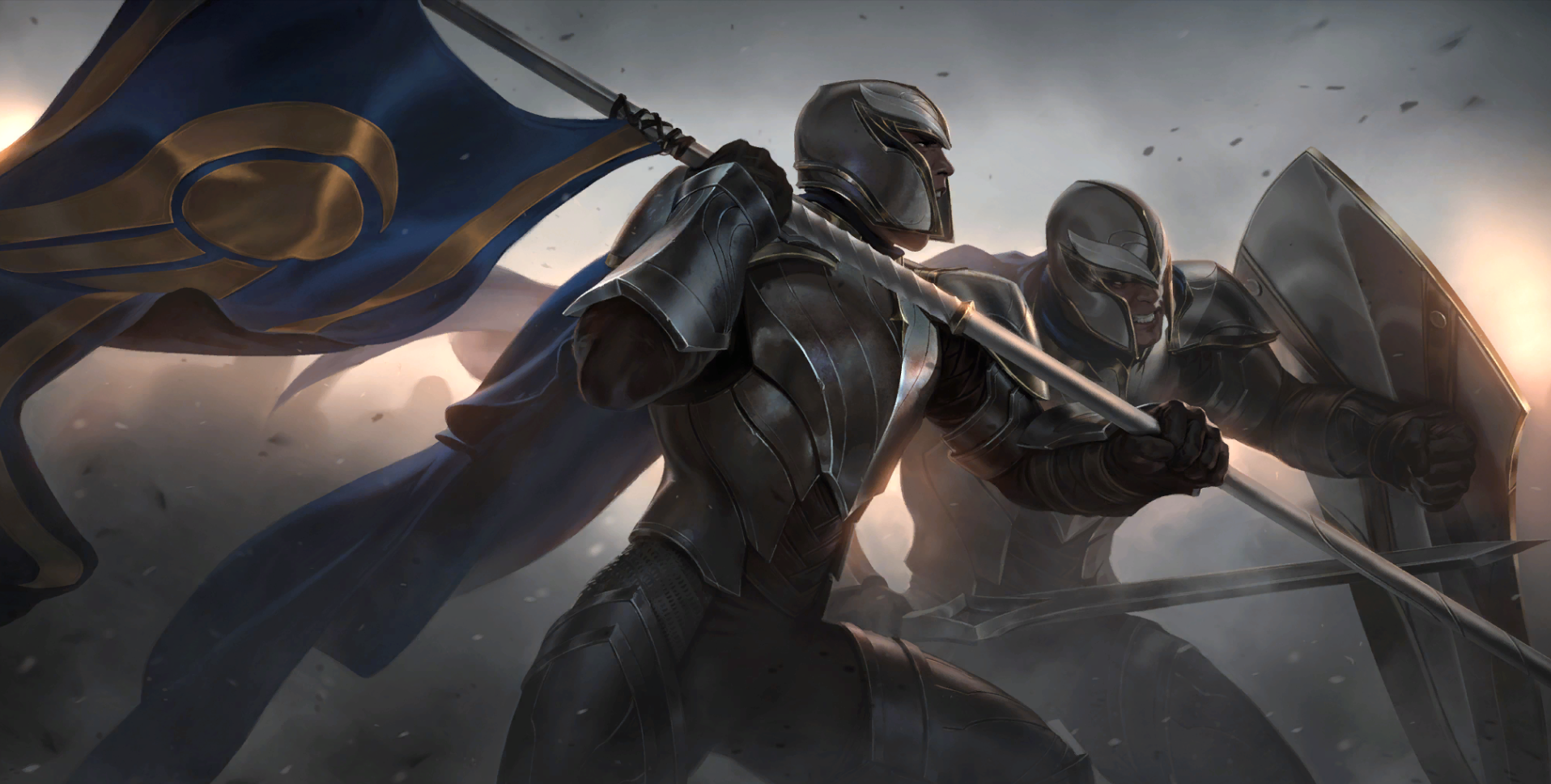

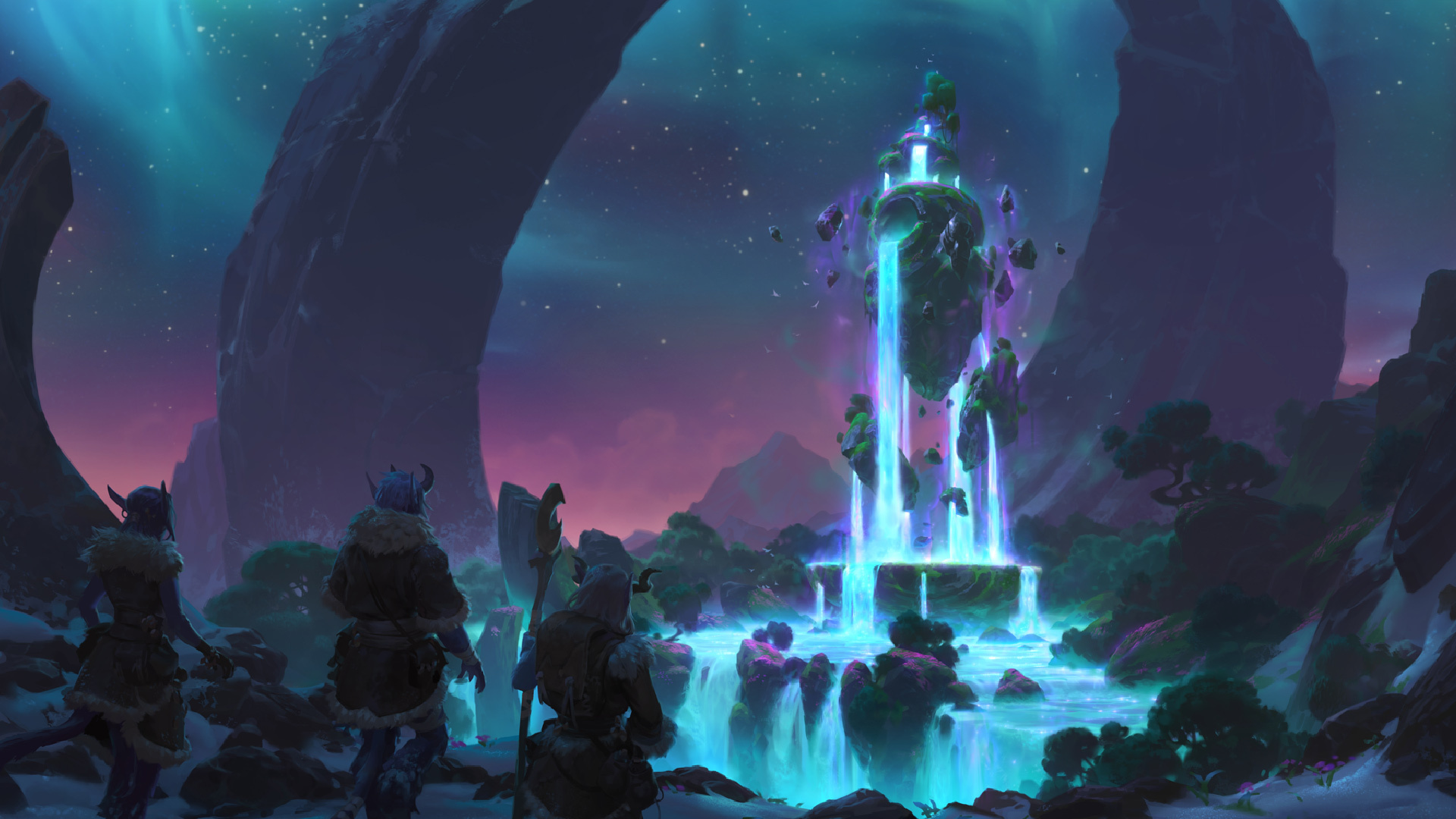

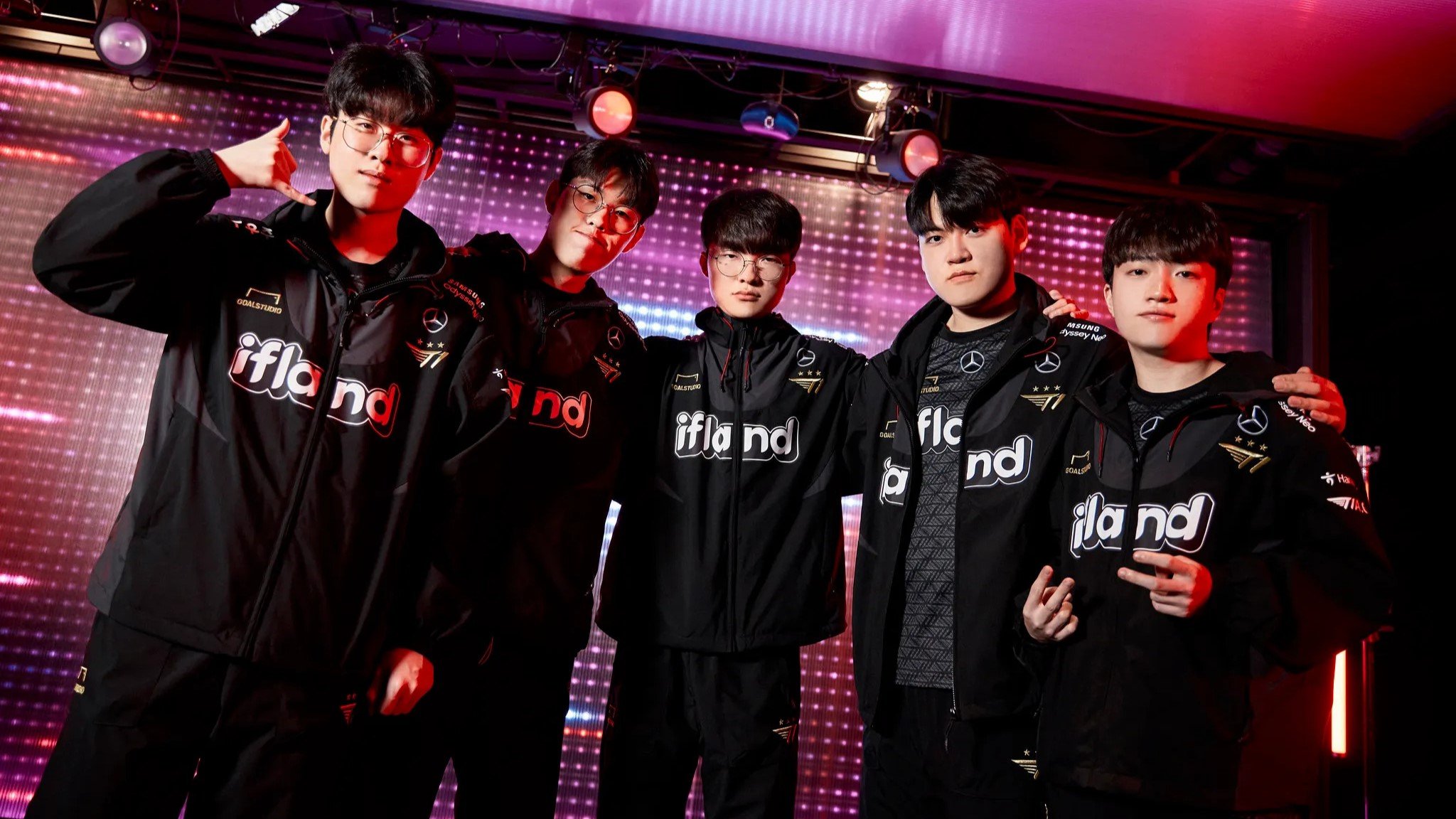

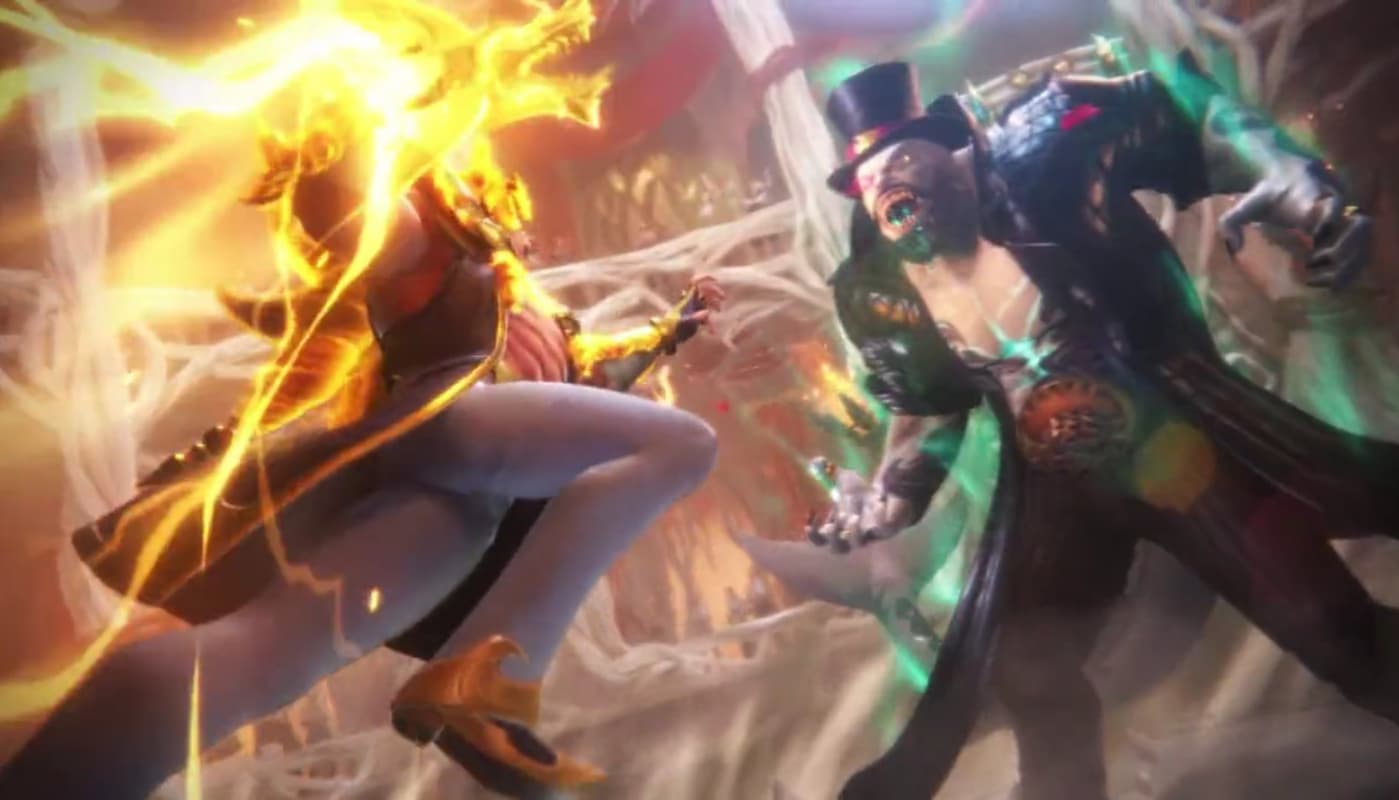
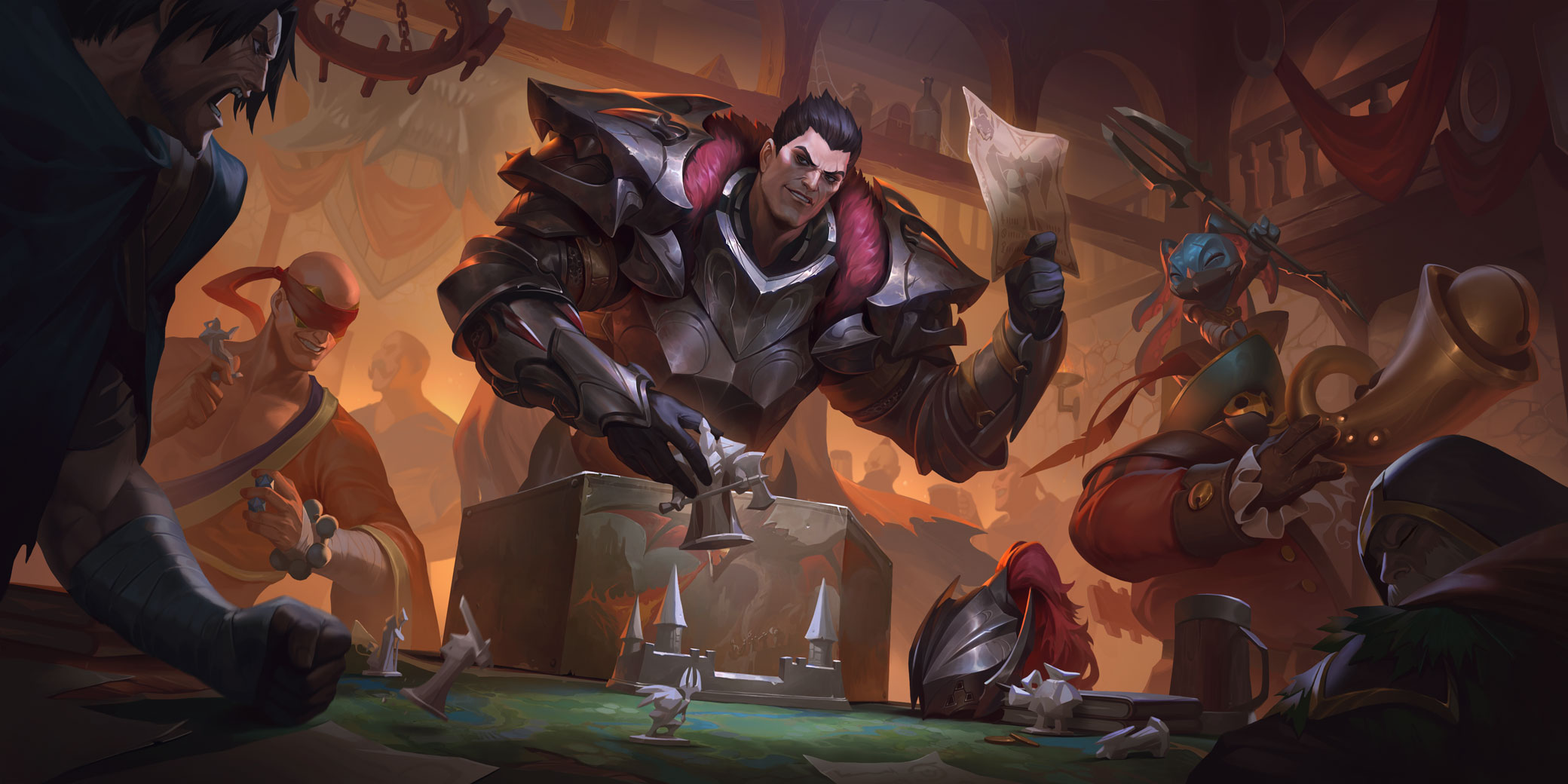
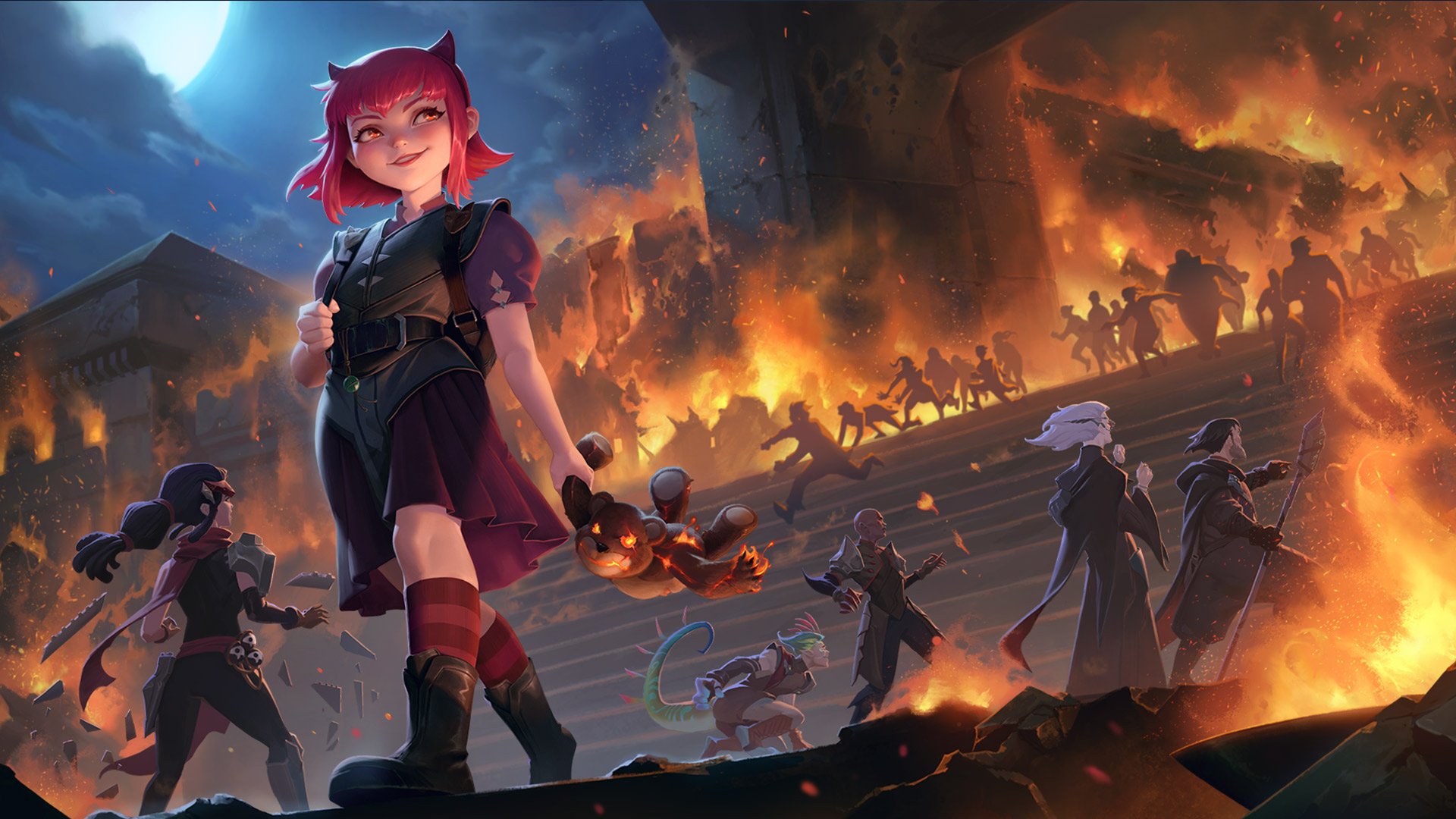
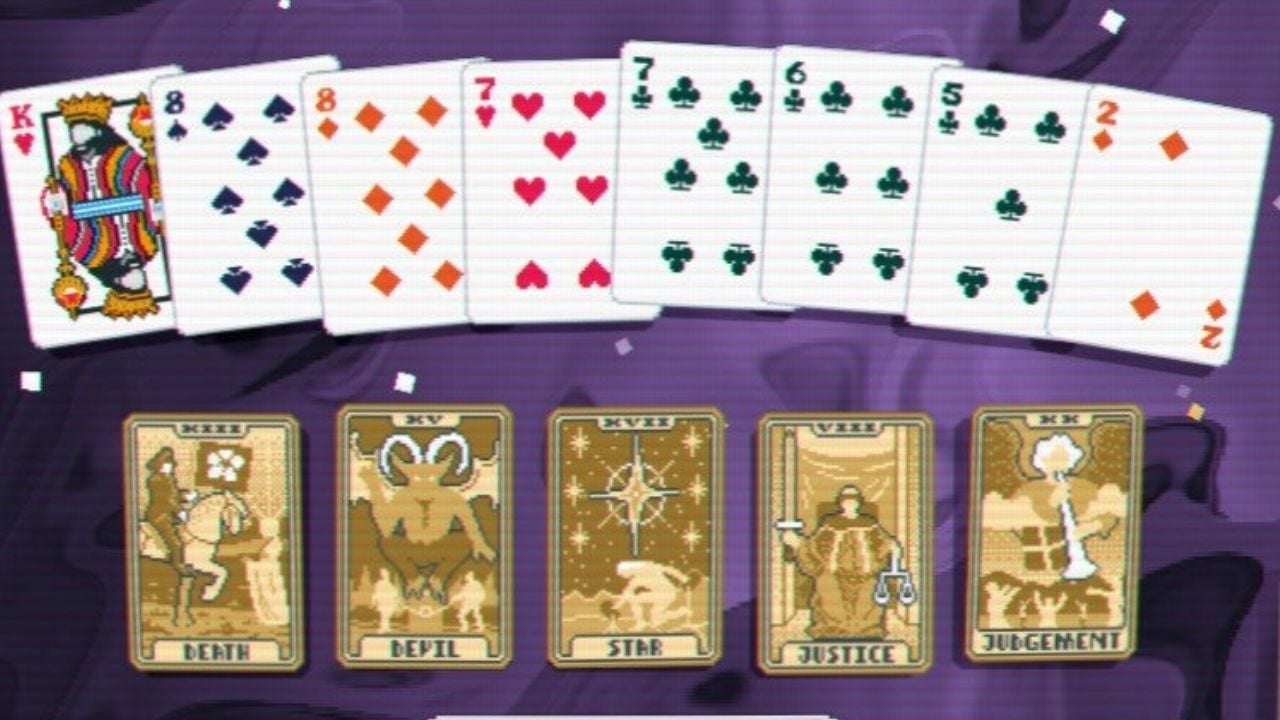

Published: Mar 27, 2020 05:37 pm